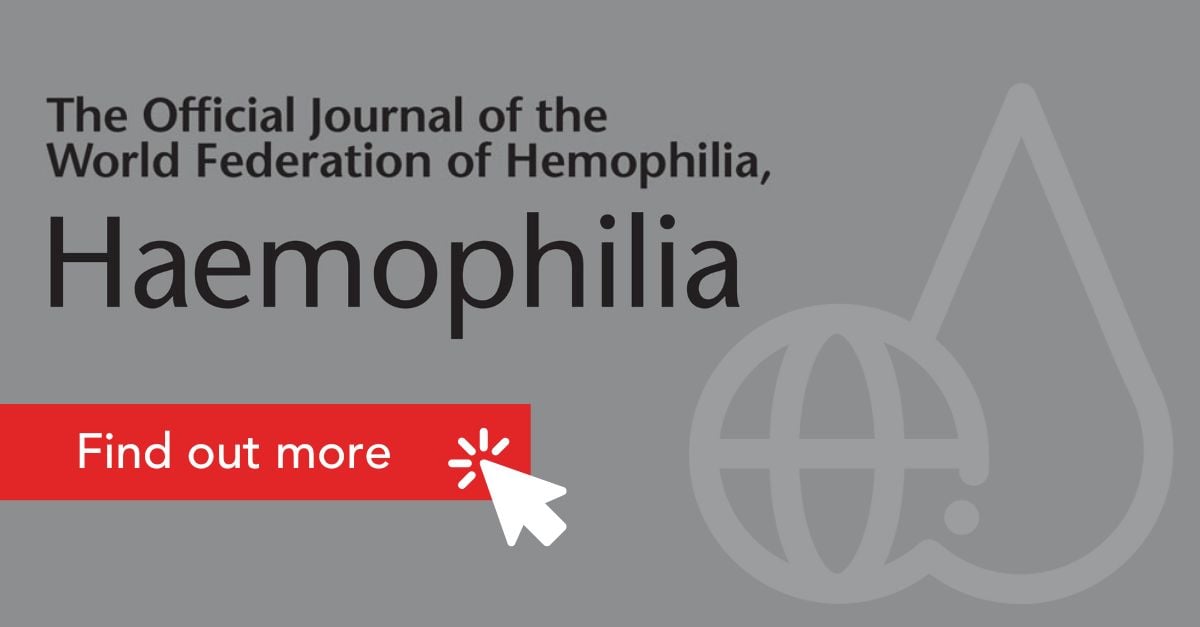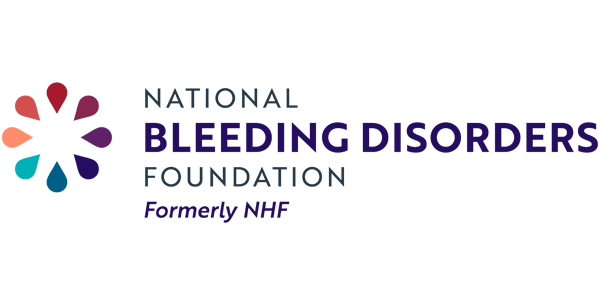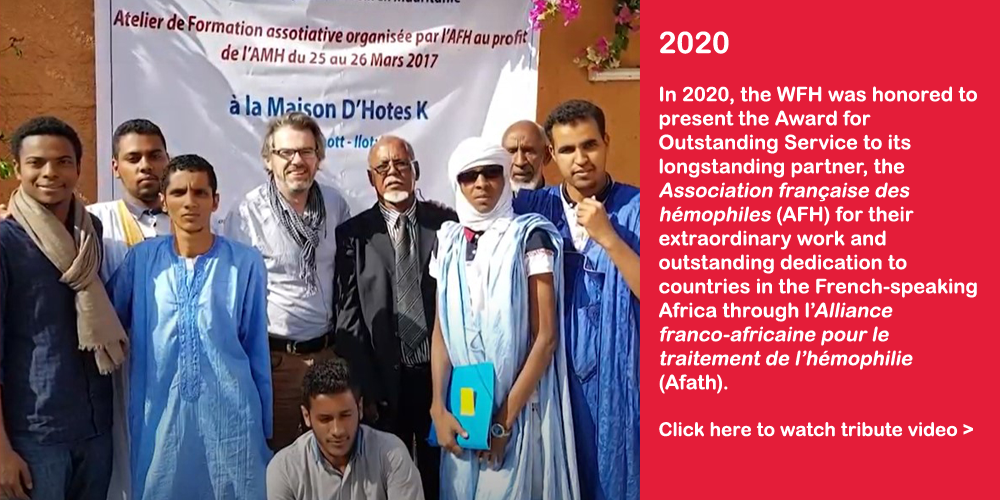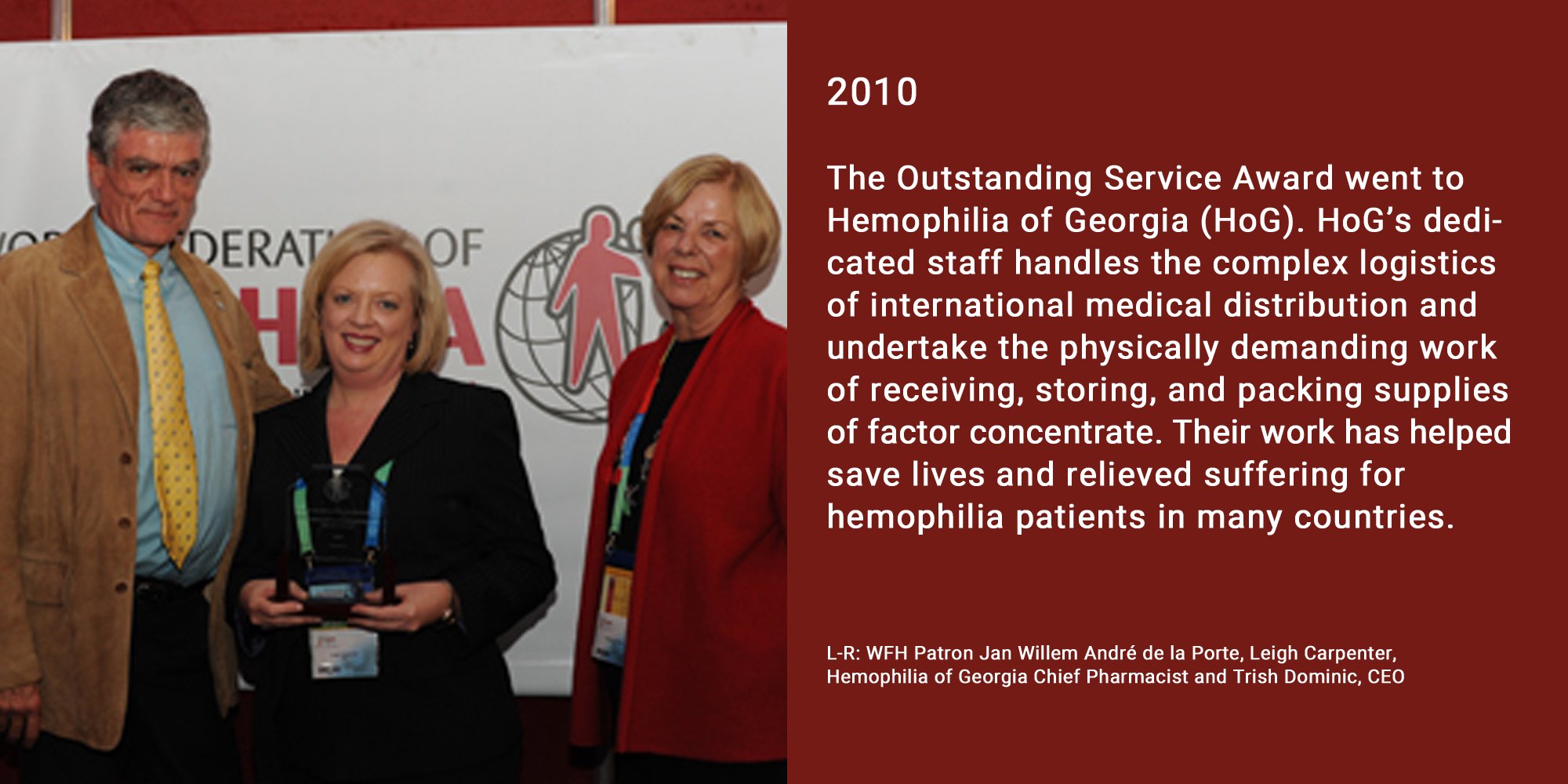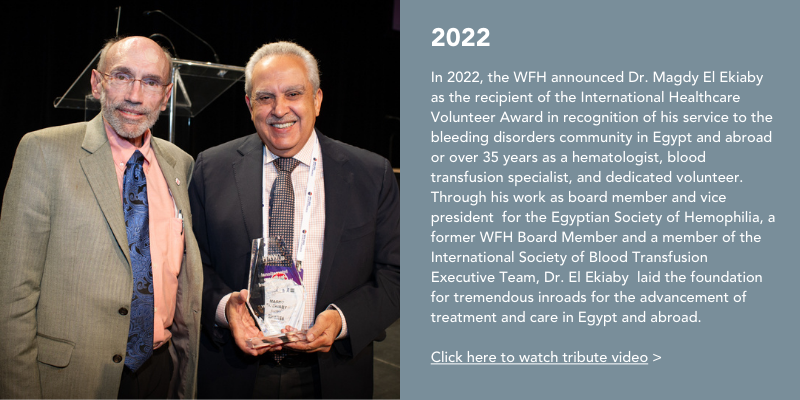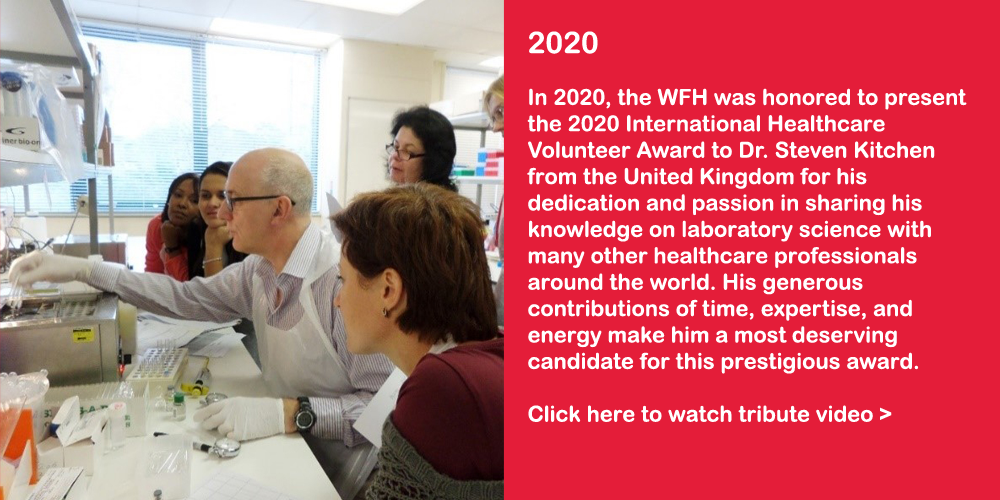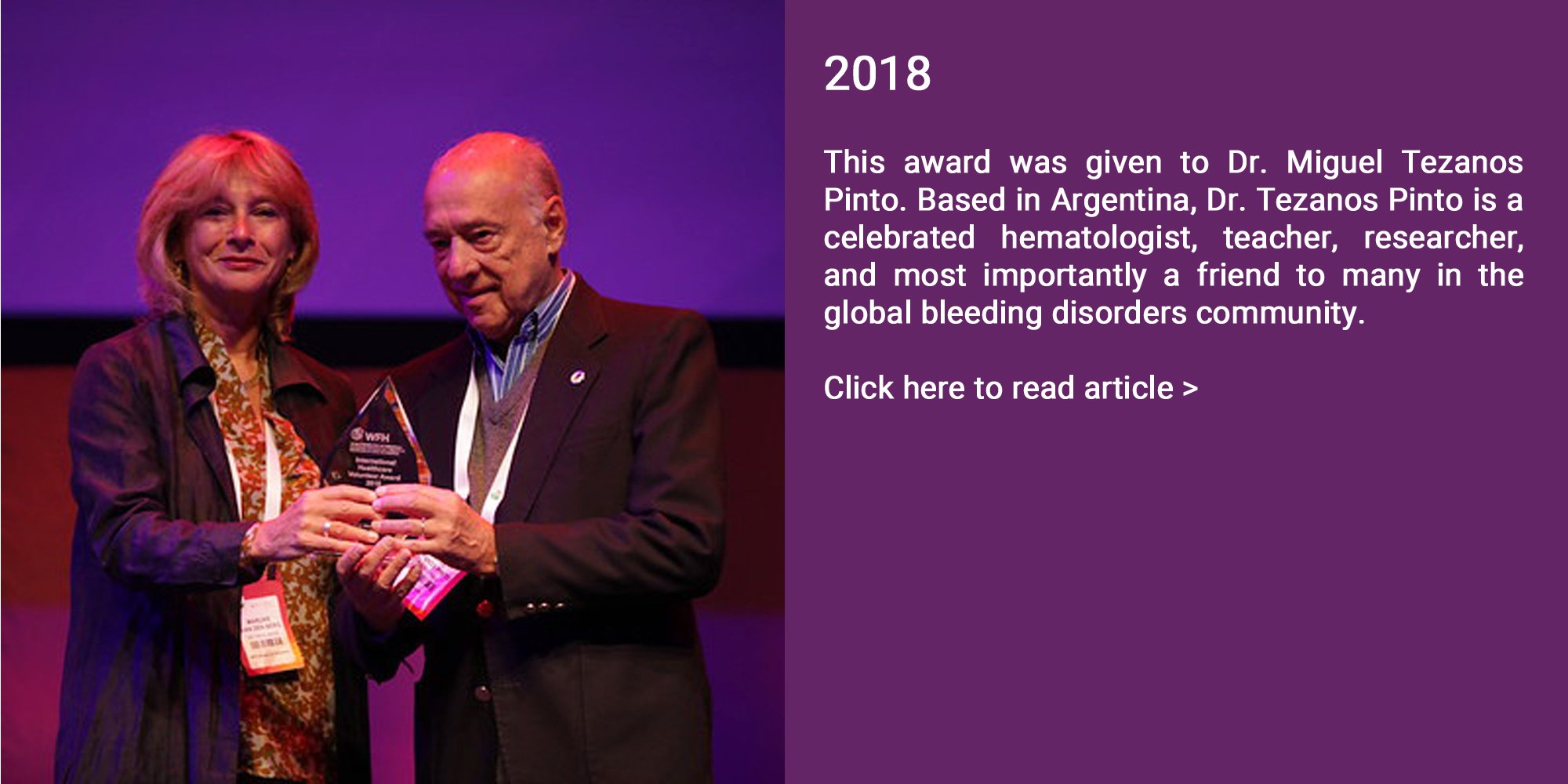Hemophilia, caused by a single gene mutation, is a fitting prospect for gene therapy. People with hemophilia (PWH) are missing a single clotting factor protein, factor VIII or IX, preventing clot formation, and putting them at risk of serious bleeding. This is the result of a mutation of the gene (F8 or F9) responsible for producing the missing clotting factors. By targeting these mutated genes, gene therapy introduces a healthy, fully functioning version of the faulty gene, providing the correct instructions to the body to produce the missing clotting factors. This seemingly simple yet highly complex technology has the potential to provide a “functional cure” to PWH, with bleeding essentially eliminated in the majority of treated patients.
These advances have raised great hope in PWH, caregivers and physicians treating PWH. So far, however, gene therapy has only been tested on a relatively small number of patients who have been followed for relatively short periods of time in clinical trials. The results of these clinical trials have been life-changing for those who have taken part. “Many participants have been able to stop using their prophylaxis treatment with a dramatic reduction—and in some cases a complete elimination—in bleeding. This has given patients a new liberation from the burden of frequent infusions and the persistent risk of bleeding,” says Glenn Pierce, MD, PhD, VP Medical of the World Federation of Hemophilia. Pierce remains cautiously optimistic, however, stating that, “Many more patients will need to be studied for longer periods of time before we really know how well the gene therapies work, how long the benefits last, and whether there are any rare and unexpected safety events that may emerge.”
This statement underlines the importance of continued and life-long monitoring of all PWH who receive gene therapy regardless of where they live, and has been the impetus for the development of the World Federation of Hemophilia (WFH) Gene Therapy Registry (GTR). This registry is designed to collect data on all patients with hemophilia who receive gene therapy, anywhere in the world. With the first gene therapy product expected to hit the market in 2020, patients from the U.S.A. and Europe are likely to be the first to have access to approved gene therapy products. The number of patients who actually receive gene therapy may be quite low at first, gradually increasing over time as treatment centres get prepared to administer this specialized treatment as reimbursement programs get approved and as regulatory approval expands to other countries. Detecting rare or delayed safety events and establishing how long the effects of gene therapy will last—particularly in small treatment populations of a rare disease like hemophilia—means that collecting data on each patient who receives gene therapy is crucial. Barbara Konkle, MD, Chair of the WFH Gene Therapy Registry, states, “Gathering these data in one database or registry is essential to ensure we have a large enough pool of patients to be able to detect rare safety events that may otherwise go undetected. Every patient has a role to play by ensuring their data are collected over the long-term, and are part of the future evidence base for gene therapy.”
A multi-stakeholder group of professional organizations and individuals agrees with Konkle, and are collaborating with the WFH to ensure the successful development and implementation of this data collection initiative. The WFH GTR—in collaboration with the International Society of Thrombosis and Hemostasis (ISTH), the European Haemophilia Consortium (EHC), the U.S.A. National Hemophilia Foundation (NHF), the American Thrombosis and Hemostasis Network (ATHN), industry partners and regulatory liaisons—has been designed to collect a standardized set of core data on all patients who receive gene therapy. The WFH GTR will be available to all health care providers treating patients who receive gene therapy, everywhere around the globe. Data on consenting patients will be entered directly via participating hemophilia treatment centers (HTCs). For countries like the U.S.A. with a robust national registry (ATHN), data will be combined directly from the ATHN database to the WFH GTR on an annual basis with the consent of patients. This strategy takes advantage of established registries already collecting the gene therapy core data set, and will minimize the data entry work for the HTCs. This data collection initiative is a shared responsibility. Health care providers and patients will need to work together to collect data on patients who receive gene therapy, ensuring that their experiences are captured in a registry over their entire lifetime.
This growing set of long-term safety and efficacy data will ultimately define the future of gene therapy in hemophilia. The WFH is now expanding the outreach for the WFH GTR to the provider and patient communities with the implementation of the registry, planned to begin later in 2020.
This article was previously published in the summer issue of HemAware.
